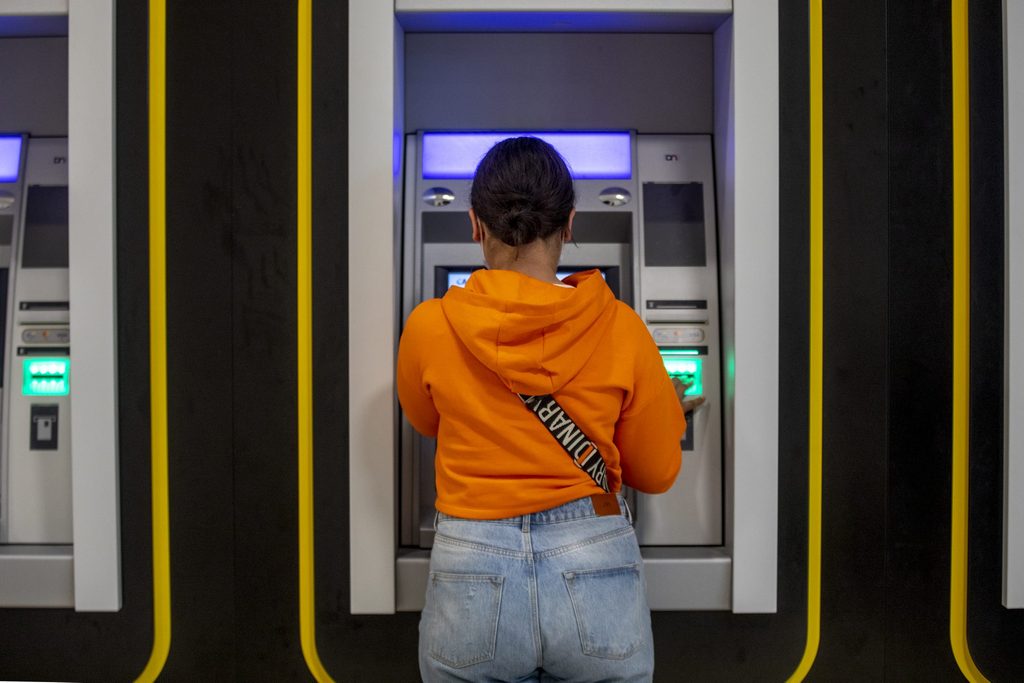While setting up a direct debit is relatively easy, especially for people who do online banking, cancelling one has become more complicated in recent years. Not knowing how to do this correctly could lead to mounting debt.
Direct debits are most commonly used to make standing order payments, such as monthly bills for utilities which allow companies to withdraw the invoice amount automatically from their customer's bank account. However, unlike standing orders, direct debit amounts can vary without requiring the payer to approve each time.
The account holder must authorise their bank before opening up a direct debit. This authorisation can also be used to pay one-off invoices or for repeated payments, both nationally and internationally between countries in the single euro payments area (SEPA) zone.
But whilst direct debits remove the hassle of paying regular invoices individually, it puts the power of claiming the payment in the company or organisation receiving the funds.
How SEPA changed the game
Cancelling a direct debit or automatic payment has become more complicated in Belgium. Previously, people could simply contact their banks to cancel the registered payment.
But this changed in 2014 with the introduction of the SEPA system, which was put in place to make digital payments across Europe smoother, Charline Gorez of the banking federation Febelfin, told VRT NWS.
"Since the introduction of SEPA, direct debits are no longer managed by banks, but rather by creditors – the people who are in contact with the customer for the provision of services or goods," Gorez explains. This also means that banks don't have insight into the contractual agreements made between the customer and the creditor.
It is still possible to block the collection of money via the bank, but this does not mean that the debt to the supplier will be cancelled. Now, a customer has to send the company for whom the payment is intended a written request to cancel the direct debit and follow its instructions.
Related News
- Breaking the bank? Billions withdrawn from Belgian savings accounts
- ING offers temporary savings rate of 4%
How to do this depends on what was contractually agreed between the client and the creditor. In some cases, it can be done via e-mail but it is possible that a registered letter is required. If the customer does not get a conclusive answer to this request, the ombudsman of the sector concerned can be contacted, or a complaint can be submitted to the FPS Economy Hotline.
The SEPA system also protects customers. If a bank statement shows an unusual collection, customers can ask the bank for a refund up to eight weeks after the amount has gone out of their account for an authorised payment with a wrongful collection, and up to 13 months after the amount has been debited from the account via an unauthorised SEPA direct debit.

